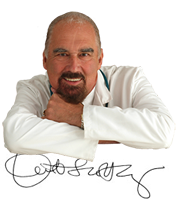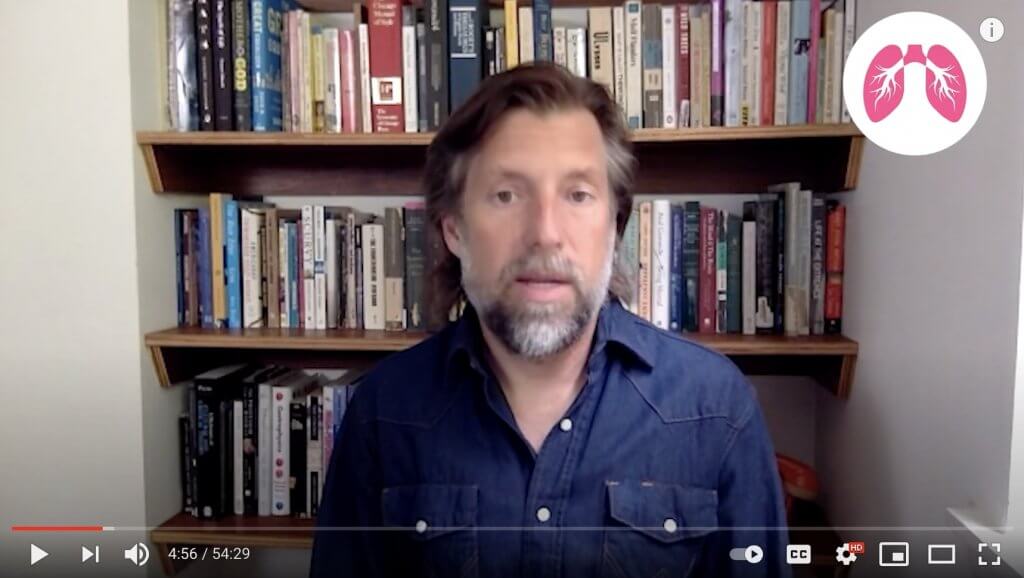Snoring can be a problem during sleep. Approximately 40 percent of adult women, 57 percent of adult men, ? and 27 percent of children are said to snore.??
Snoring is very unhealthy; it ties in closely with sleep apnea, which means unnatural cessation of breathing rhythms for 20 to 30 seconds at a time—Greek apnea, meaning “no breath” (obviously, breathing must soon resume, otherwise the person would simply die!)
Sleep apnea is associated with many health problems, including cardiac arrest, hypertension, stroke, obesity, diabetes and a shortened lifespan. Being overweight markedly increases your risk of sleep apnea.
Diagnosis of sleep apnea is not simple because there can be many different causes. Primary healthcare providers, pulmonologists, neurologists, or other healthcare providers with specialty training in sleep disorders may be involved in making a diagnosis and starting treatment. Several tests are available for evaluating sleep apnea, including:
- Polysomnography. This test records a variety of body functions during sleep, such as brain waves, the oxygen level in your blood, heart rate and breathing, as well as eye and leg movements during the study.
- Multiple Sleep Latency Test (MSLT). This test measures the speed of falling asleep. People without sleep problems usually take an average of 10 to 20 minutes to fall asleep. People who fall asleep in less than 5 minutes are likely to need some type of treatment for sleep disorders.
Diagnostic tests usually are done in a sleep center, but new technology may allow some sleep studies to be done in your home, by wearing a device which keeps a record during the night.
For this section we will just concentrate on snoring, which is less serious but can be unpleasant, especially for the sleeping partner!
What Can Be Done?
There are a whole host of tricks and treatments for sale, tackling the problem of snoring, from devices that hold open your nostrils, to chinstraps, to mouthpieces, better pillows and herbal tinctures.
How you lie in bed is also crucial: snoring comes about when your tongue drops into the back of your throat and causes a partial obstruction. Thus sleeping on your back is the worst possible sleep position and you are encouraged to sleep on one side or the other.
But for this piece we cut to the chase and look at the most effective and totally the most astonishing way to prevent snoring. Ready? It’s tape your mouth closed at night!
Say what?
That’s right: tape up your mouth! This is a whole new raft of sleep and snoring science, relating to how we breath naturally. There are mouth breathers (not good) and nasal breathers (excellent). Surprisingly, we can force the former into being the latter by preventing mouth breathing altogether.
This comes from a particularly impressive body of work by James Nestor and published in his game-changing book Breath: The New Science of A Lost Art (Riverhead Books, 2020).
Nestor examines the history, science, and culture of breathing and its impacts on human health. In the book he investigates the history of how we shifted from the natural state of nasal breathing to chronic mouth breathing and explains research which argues that this shift (due to the increased consumption of processed foods) has led to a rise in snoring, sleep apnea, asthma, autoimmune disease, and allergies. It includes 10 years of research and Nestor’s own personal experiences with breathing.
I highly recommend this read. And you can also catch him being interviewed for a podcast, if you are sufficiently motivated, in a 54 min YouTube video here:
Basically, what Nestor found, is that we have lost the art of proper breathing. This seems shocking, because we have been breathing for our whole life. We breathe over 20,000 times a day. How could it be wrong?
Well, look at it this way: we’ve been eating our whole life. But that doesn’t prevent the majority of people eating the wrong things and harming themselves in the process! Breath is just another kind of nutrient. It belongs along with right eating and exercize is as a fundamental of good health.
As with what we eat and what we do, we are not guaranteed anything. We have choices. The trouble is if we breathe wrongly over a period of time, it alters the whole shape of our skulls and that makes the problem anatomically permanent.
As Nestor says, if you don’t breathe properly, you are never going to get back to optimum health. Put the other way round, there is a great deal of ill health you can correct simply by changing your breathing habits.
So How Do We Get Back To Proper Breathing?
Nestor recommends taping the mouth, as I said. It’s not New Age woo-woo. It’s not dangerous! Just do it and forget the “theory”. I married into a family of bigtime Olympic snorers and I can speak from some experience.
My lovely wife Vivien tried taping and the benefits were instant. She now no longer snores, sleeps better and is more comfortable on waking than she has been for years! It works, for goodness sake!
Thing is, Nestor isn’t a lone voice. It is true that (almost) nobody talks about this. But there have been real scientists studying this effect for decades now.
We don’t use duct tape or anything heavy to close off the mouth completely. Just a short length of cloth tape, like 3M micropore. Take a couple of inches maximum and put it VERTICALLY over your mouth, not along the lip line (like a Charlie Chaplin moustache).

Work it with your thumb a few times, to take the adhesive off before applying it and it will be quite comfortable. You can always breath past it at the sides.
And don’t rip it off in the morning! Stick out your tongue and loosen the tape from the inside with saliva.
It’s easy!
Finally, if even snoring is a big problem, don’t wait for a diagnosis of sleep apnea: fix it!
“You should consult a doctor when snoring is loud, awakens the patient with gasping or choking, or when sleep becomes disrupted and/or you start feeling that your sleep is no longer refreshing, and you are tired, fatigued, blue and/or sleepy during the daytime.”
—Alan R. Schwartz, M.D. adjunct professor at the University of Pennsylvania Perelman School of Medicine Professor, and professor at Johns Hopkins University
NOTE: this email missive will form part of a much bigger text on sleep problems. Title: SLEEP ENGINEERING. Secrets of A Good Night’s Rest. I’ll get a (free) abridged copy to you all within days!
I’m also developing a sleep formula, which goes w-a-y-y beyond melatonin. You’ll be impressed, whether you snore or not…
Meantime, sleep tight!
To your good health,


